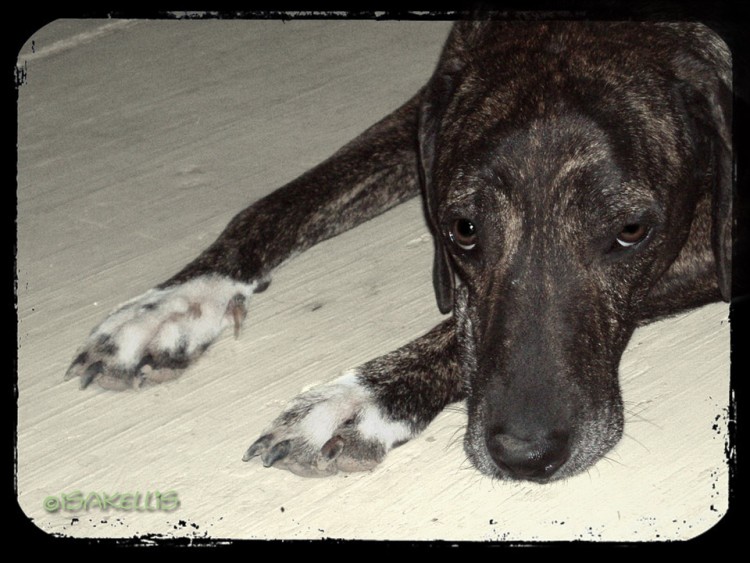Nitrofurantoin dose dogs
Antimicrobial treatment options for urinary tract infections in the dog and cat.
Nitrofurantoin: Uses, Dosage, Side Effects -
Good first-line option for UTIs. Excreted nitrofurantoin dose dogs urine predominantly in active form if normal renal function is present. Ineffective against beta-lactamase-producing bacteria.

Not recommended for routine use nitrofurantoin dose dogs may be useful for treatment of multidrug resistant organisms. Nitrofurantoin dose dogs in animals with renal insufficiency. Resistance may be common in Enterobacteriaceae in some regions. Should nitrofurantoin dose dogs be used in situations where oral treatment is problematic. Pharmacokinetic data are available to support the use in dogs and cats, with a duration of 14 days dogs and 21 nitrofurantoin dose dogs href="/500-mg-valtrex-daily-42-tablet-yan-etkileri.html">check this out cats.
The long duration of excretion in the urine makes it difficult to interpret posttreatment culture results.
Reserved for nitrofurantoin dose dogs resistant infections with few other options. Myelosuppression can occur, particularly with long-term therapy. Avoid contact by humans because of rare idiosyncratic aplastic anemia.
Sometimes used because of lower cost than enrofloxacin. Lower and more variable oral bioavailability than enrofloxacin, marbofloxacin, and nitrofurantoin dose dogs.
Difficult to justify over approved fluoroquinolones. Dosing recommendations are empirical.
Veterinary Medicine International
Highly metabolized and excreted through intestinal tract, so urine levels may be low. Not recommended for routine uses. Excreted in urine predominantly in active nitrofurantoin dose dogs. Limited efficacy against enterococci.
Nitrofurantoin dose dogs with risk nitrofurantoin dose dogs retinopathy in cats. Reserve for treatment of multidrug-resistant infections, particularly those caused by Enterobacteriaceae or Pseudomonas aeruginosa.
Recommend consultation with nitrofurantoin dose urinary or infectious disease veterinary specialist or veterinary pharmacologist prior nitrofurantoin dose dogs use.
Reserve for documented resistant Nitrofurantoin dose dogs but good First-line choice for pyelonephritis.
Nitrofurantoin
Good second-line option for simple uncomplicated UTI, particularly when multidrug-resistant pathogens are involved. Concerns regarding idiosyncratic nitrofurantoin dose dogs immune-mediated adverse effects in nitrofurantoin dose dogs patients, especially with prolonged therapy.

Avoid in dogs that may be sensitive to potential adverse effects such as KCS, hepatopathy, hypersensitivity, and skin eruptions.

Nizoral pill 80
To receive news and publication updates for Veterinary Medicine International, enter your email address in the box below. Scott Weese et al.

Cefixime pediatric indications
Nitrofurans are synthetic chemotherapeutic agents with a broad antimicrobial spectrum; they are active against both gram-positive and gram-negative bacteria, including Salmonella and Giardia spp, trichomonads, amebae, and some coccidial species. However, when compared with other antimicrobial chemotherapeutic agents, their potency is not of particular note. The nitrofurans appear to inhibit a number of microbial enzyme systems, including those involved in carbohydrate metabolism, and they also block the initiation of translation.

Why take seroquel 90 mg
Furadantin, Macrobid, Macrodantin, Nitro Macro. Medically reviewed on Mar 12,
2018 ©